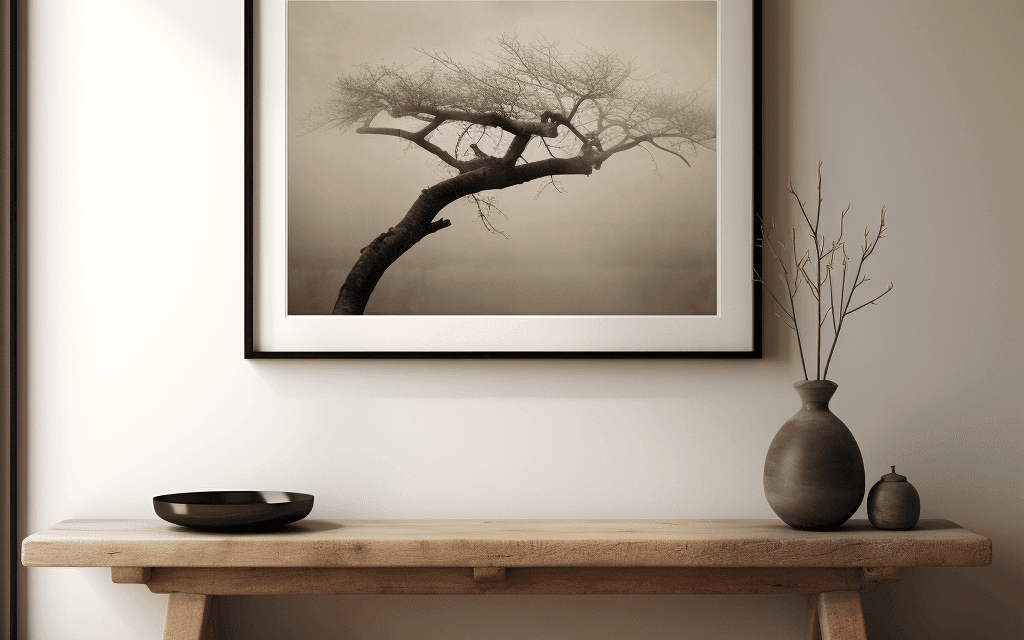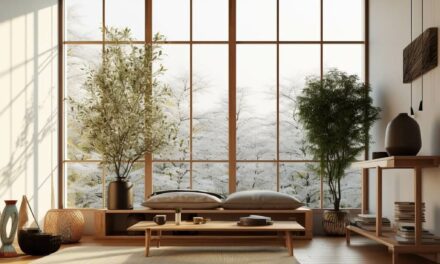The Japandi bench combines the simplicity of Japanese design with the functionality of Scandinavian style, resulting in a piece that’s perfect for modern minimalist homes.
Key Takeaways:
- The Japandi bench is a fusion of Japanese and Scandinavian design.
- It’s perfect for modern minimalist homes.
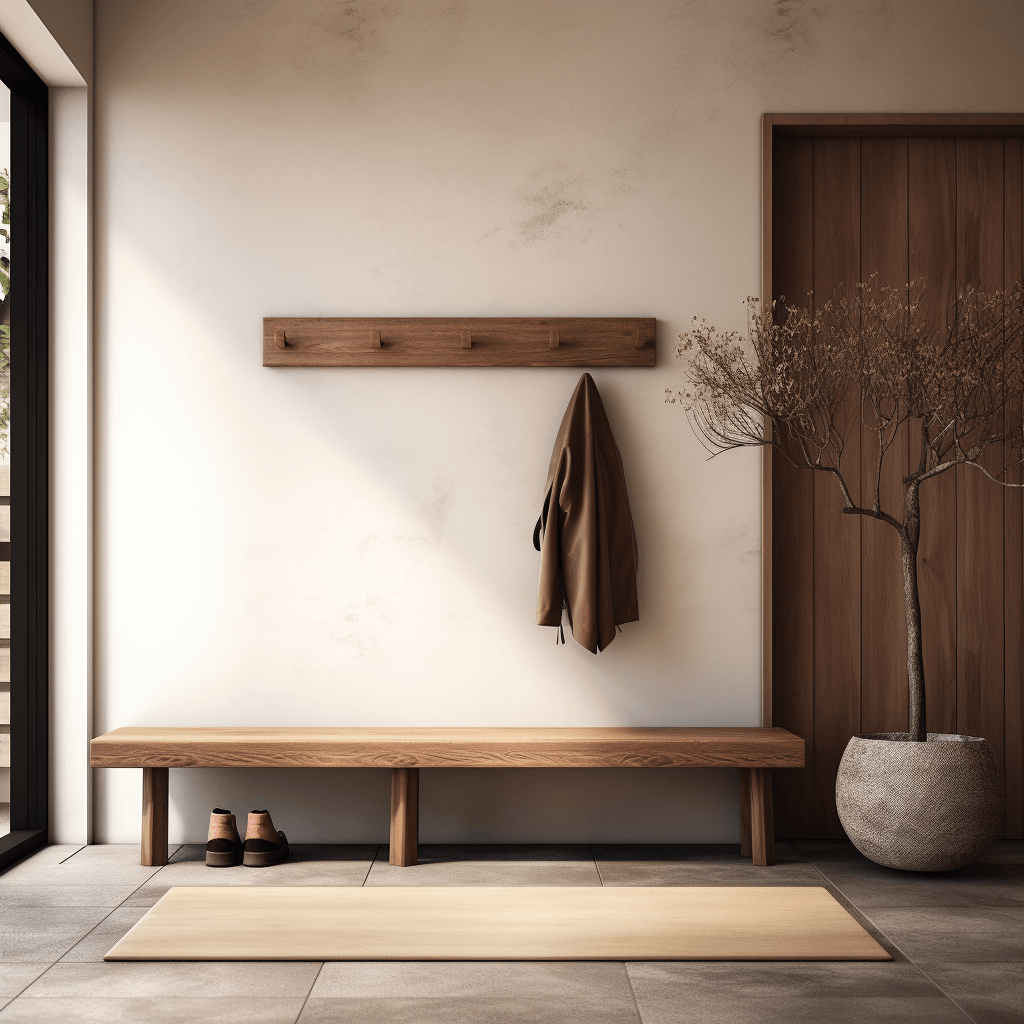
Embracing Minimalism: Japandi Bench as a Key Element
I’ve noticed a growing trend towards minimalism in home decor. The beauty of a Japandi bench is that it fits perfectly into this aesthetic, with its clean lines and uncluttered design.
In a modern minimalist home, the design of furniture is just as important as its function. The Japandi bench is an excellent example of fusion furniture that blends the simplicity of Japanese design and the functionality of Scandinavian style. It fulfills the needs of minimalism with a touch of elegance and sophistication.
Whether you’re looking to complement an existing minimalistic decor or to start anew, incorporating a bench into your living space elevates it to a higher level of style and functionality. Imagine a clutter-free space where only a few essential pieces of furniture make a statement, and the Japandi bench is one of them.
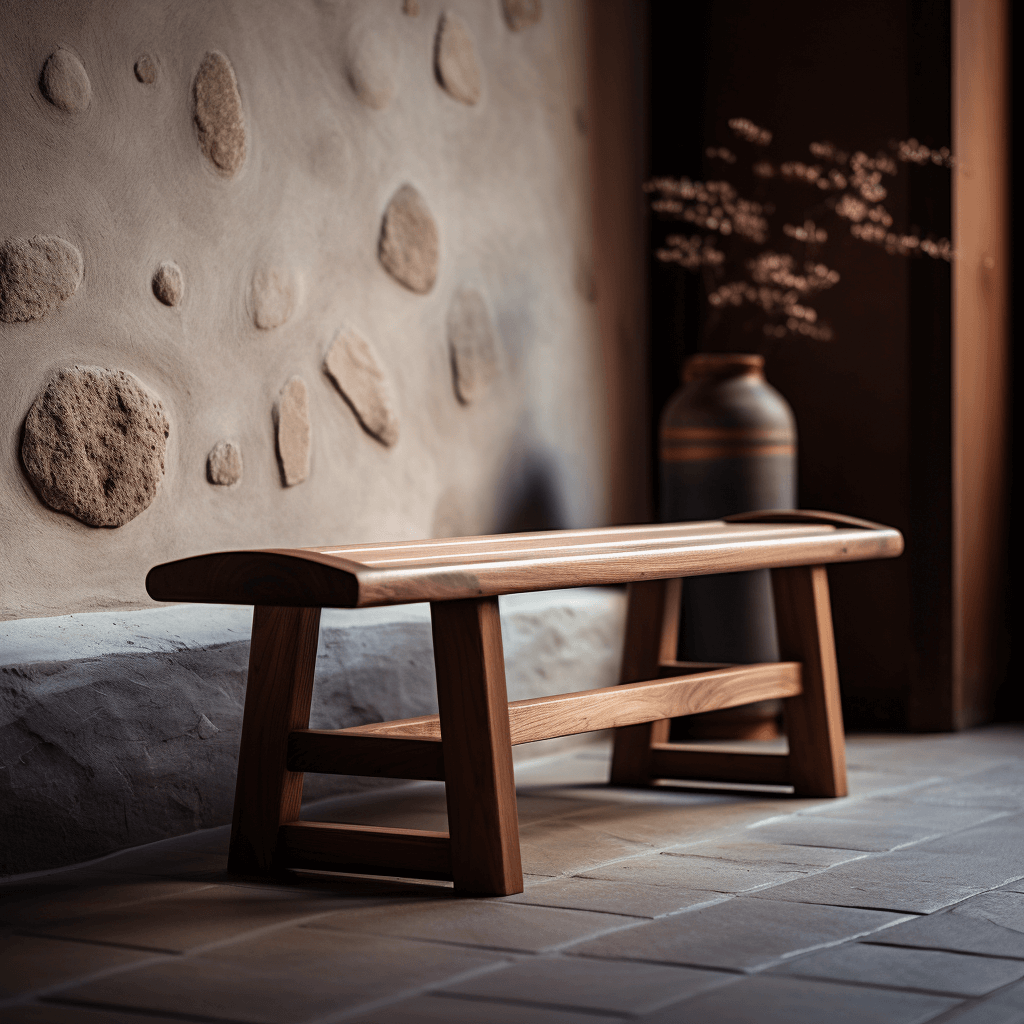
Embracing Minimalism: Japandi Bench as a Key Element
When choosing a bench, you’ll appreciate how it can brighten up any room without overwhelming it. The bench can serve as a centerpiece for an entryway or as a comfortable seating option in a living room.
Furthermore, its neutral colors and natural materials make it an easy addition to any decor scheme. A Japandi bench can also complement other minimalistic furniture pieces, such as a Scandinavian-inspired sofa or a Japanese-style coffee table.
Scandinavian Inspiration: The Essence of Japandi Bench
One of the key elements of Japandi design is the influence of Scandinavian style. This fusion of Japanese and Nordic aesthetics highlights the use of natural materials, neutral colors, and functional yet stylish furniture.
At the heart of Scandinavian design is the concept of hygge, which emphasizes coziness, warmth, and comfort. This principle is evident in Japandi benches, which often incorporate soft fabrics or cushions for added comfort.
| Scandinavian Design Characteristics | Japandi Bench Elements |
|---|---|
| Neutral color palette | Minimalist design with use of earthy tones |
| Functional yet stylish furniture | Simple, uncluttered design for practical use |
| Use of natural materials, such as wood and leather | Wooden construction for durability and sustainability |
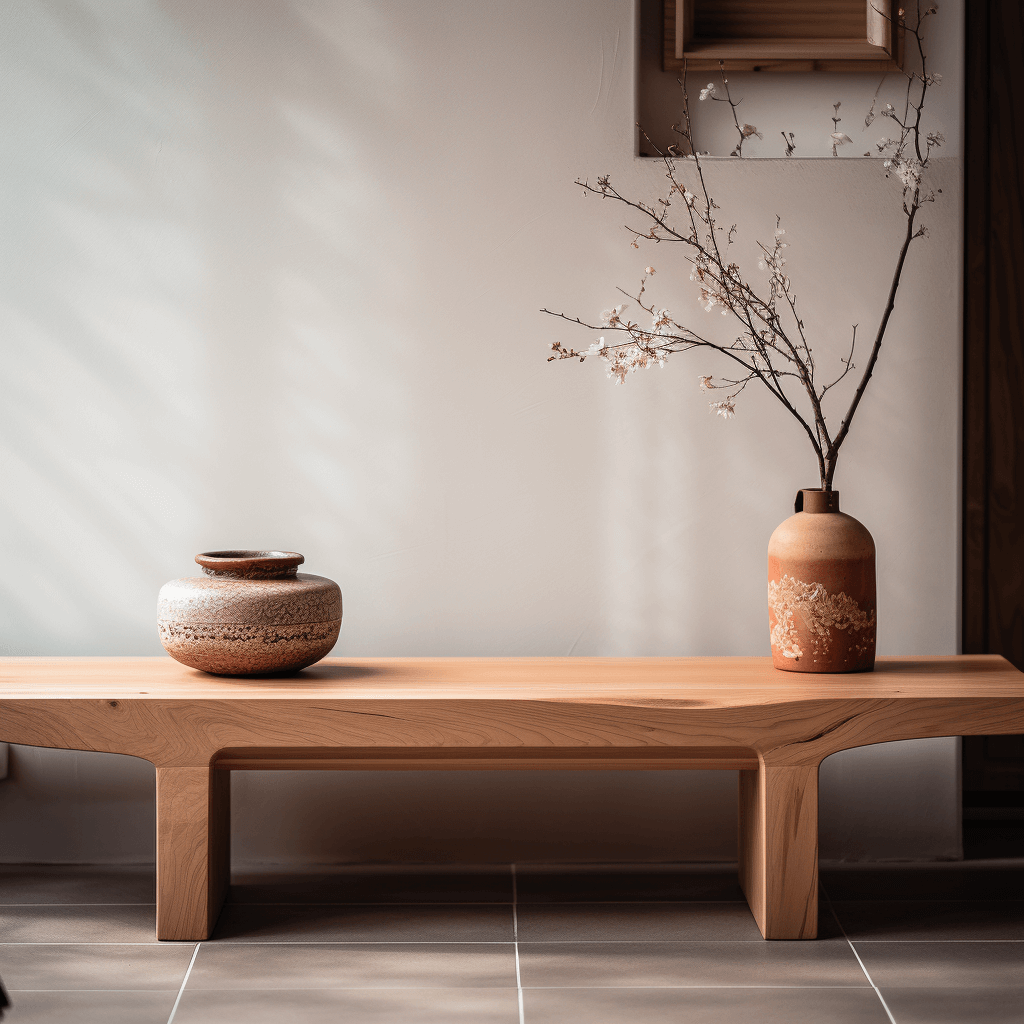
Japanese Simplicity: Infusing Japandi Bench with Zen
When it comes to Japanese design, simplicity reigns supreme. The focus is on creating a tranquil atmosphere that promotes relaxation and calmness. This philosophy is reflected in the Japandi bench, which embodies the essence of Japanese design in its clean lines and minimal ornamentation.
One of the key principles of Japanese design is the idea of negative space, which is the empty space around objects that allows them to stand out and be appreciated. The Japandi bench captures this principle perfectly with its uncluttered design and emphasis on simplicity.
Another important aspect of Japanese design is the use of natural materials, such as wood and bamboo. These materials are valued for their beauty and durability, as well as their ability to create a connection to nature. The Japandi bench incorporates these natural materials with its use of wood in both the frame and the seat.
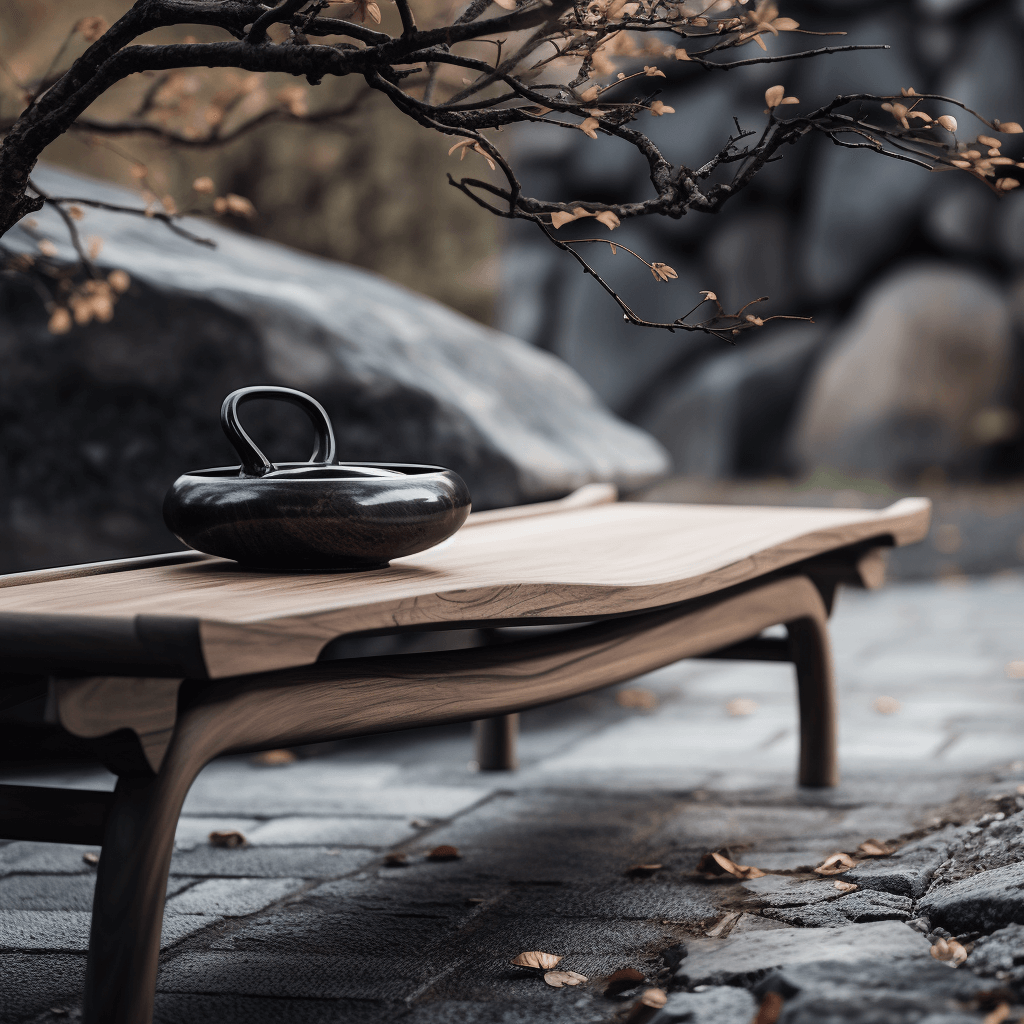
Aesthetics of Japandi Bench: Exploring the Nordic Influence
The Nordic influence on Japandi design is undeniable. The focus on natural materials and light colors creates a warm and inviting atmosphere that is quintessentially Scandinavian.
| Natural Materials | Light Colors |
|---|---|
| The use of wood in the construction of Japandi benches is a prime example of the Nordic influence. The warm tones and natural grain of wood create a cozy and inviting feel that is perfect for a modern minimalist home. | Light colors are also a hallmark of Nordic design, with white and pale gray being popular choices for walls and furniture. These colors create a bright and airy feel that is both calming and refreshing. |
When combined with the clean lines and understated style of Japanese design, the Nordic influence creates a unique aesthetic that is both functional and beautiful. The Japandi bench embodies this fusion perfectly, with its wooden construction and minimalist design.
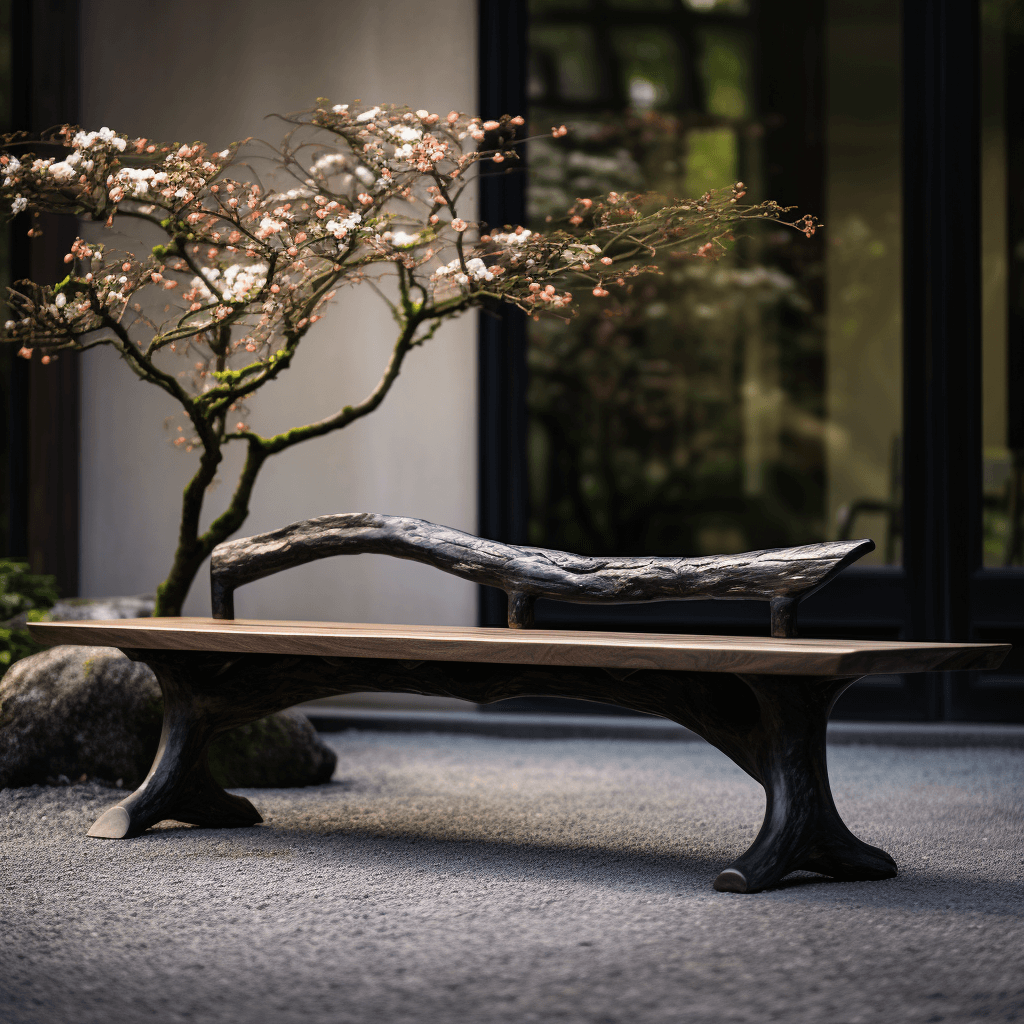
The Beauty of Wood: Japandi Bench’s Natural Charm
One of the defining features of Japandi design is the use of natural materials, and the bench is no exception. These benches are often constructed from high-quality wood, which not only adds to their visual appeal but also contributes to their durability.
Wood is a timeless material that can withstand the test of time while maintaining its natural charm, making it a sustainable choice for furniture. Plus, the warmth and texture of wood can add a cozy and inviting atmosphere to any room.
When it comes to Japandi benches, the type of wood used can vary, but many feature species like oak, ash, or walnut, which are known for their strength and beauty. Some benches even incorporate different types of wood to create a unique, multi-tonal effect.
Overall, the use of wood in Japandi design reflects the focus on simplicity, natural beauty, and sustainability, making these benches an excellent addition to any modern minimalist home.
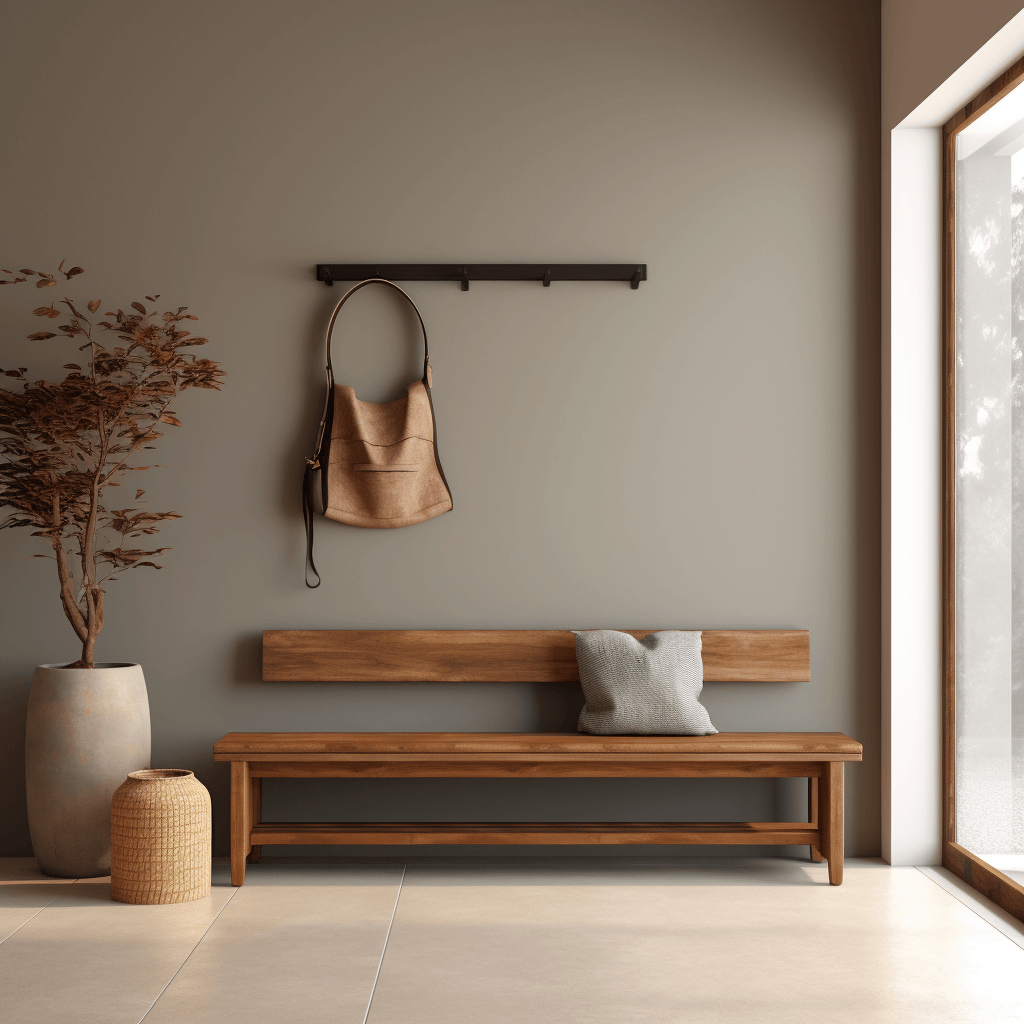
Japandi Bench: Elevating Your Home’s Style
If you’re looking to enhance your home’s style and functionality, then incorporating a Japandi bench is a great option. The sleek and minimalist design of this bench makes it an ideal addition to any modern minimalist decor.
| Space | Japandi Bench Functionality |
|---|---|
| Entryway | Provides a spot to sit down and take off shoes or store bags |
| Living Room | Offers additional seating for guests or a cozy spot to curl up with a book |
| Bedroom | Creates a stylish and functional accent piece at the foot of the bed |
The Japandi bench’s versatility also makes it a desirable piece of furniture for those who need seating that can easily move from room to room. Whether you’re hosting a dinner party or simply rearranging furniture, the Japandi bench can be effortlessly relocated.
Not only does the bench provide practicality, but it also adds a touch of elegance and sophistication to any space. Its sleek and simple design creates a timeless aesthetic that can remain relevant and stylish for years to come.
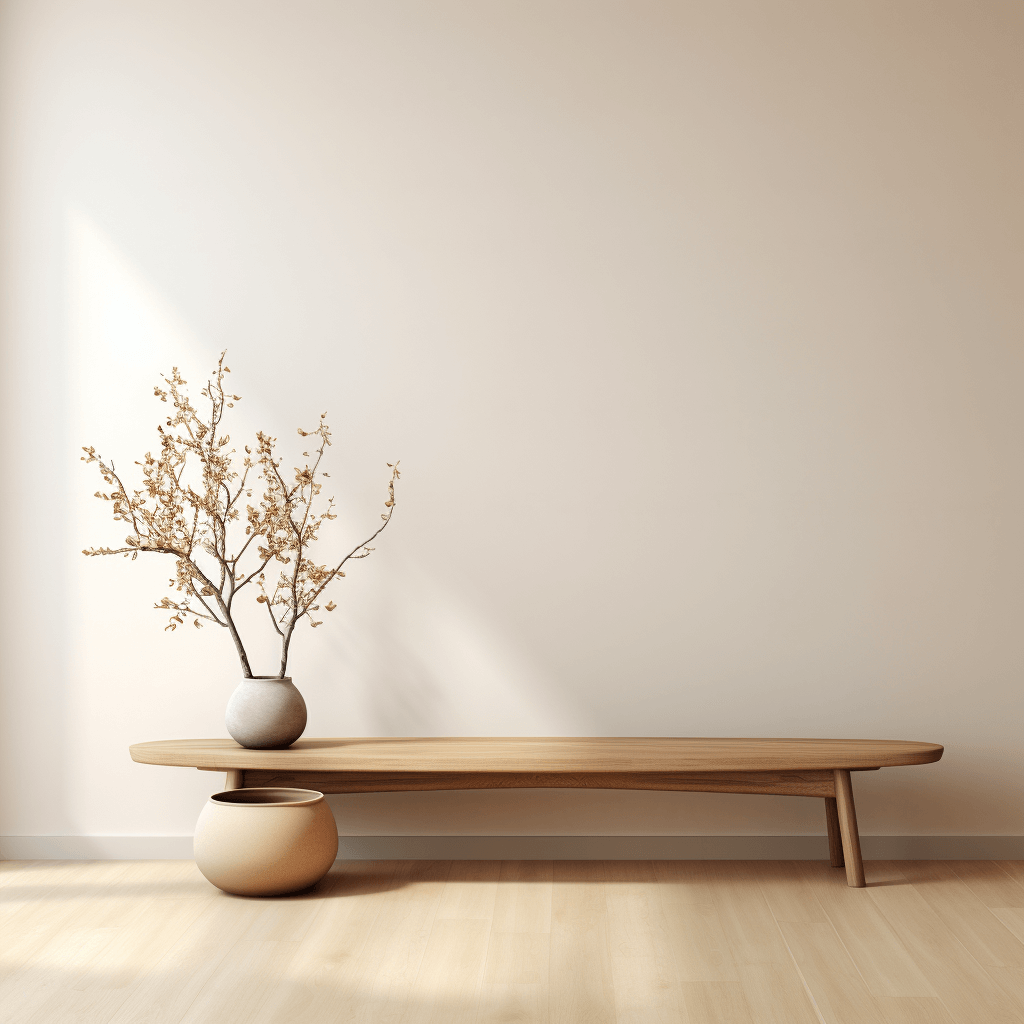
Contemporary Seating: The Practicality of Japandi Bench
One of the most appealing aspects of the Japandi bench is its versatility as a seating option. Not only does it fit perfectly into modern minimalist homes, but it also serves as a practical and comfortable seating solution for various spaces.
Available in different sizes and designs, there is a Japandi bench to suit every need. Whether you need a compact bench for your entryway or a larger one for your living room or bedroom, this fusion furniture offers practicality and style.
Despite its minimalist design, the Japandi bench is both comfortable and functional. The clean lines and uncluttered design make it a visually appealing addition to any space, while the natural materials ensure durability and sustainability.
Additionally, the Japandi bench can be used as a standalone statement piece in a room, adding character and creating a focal point.
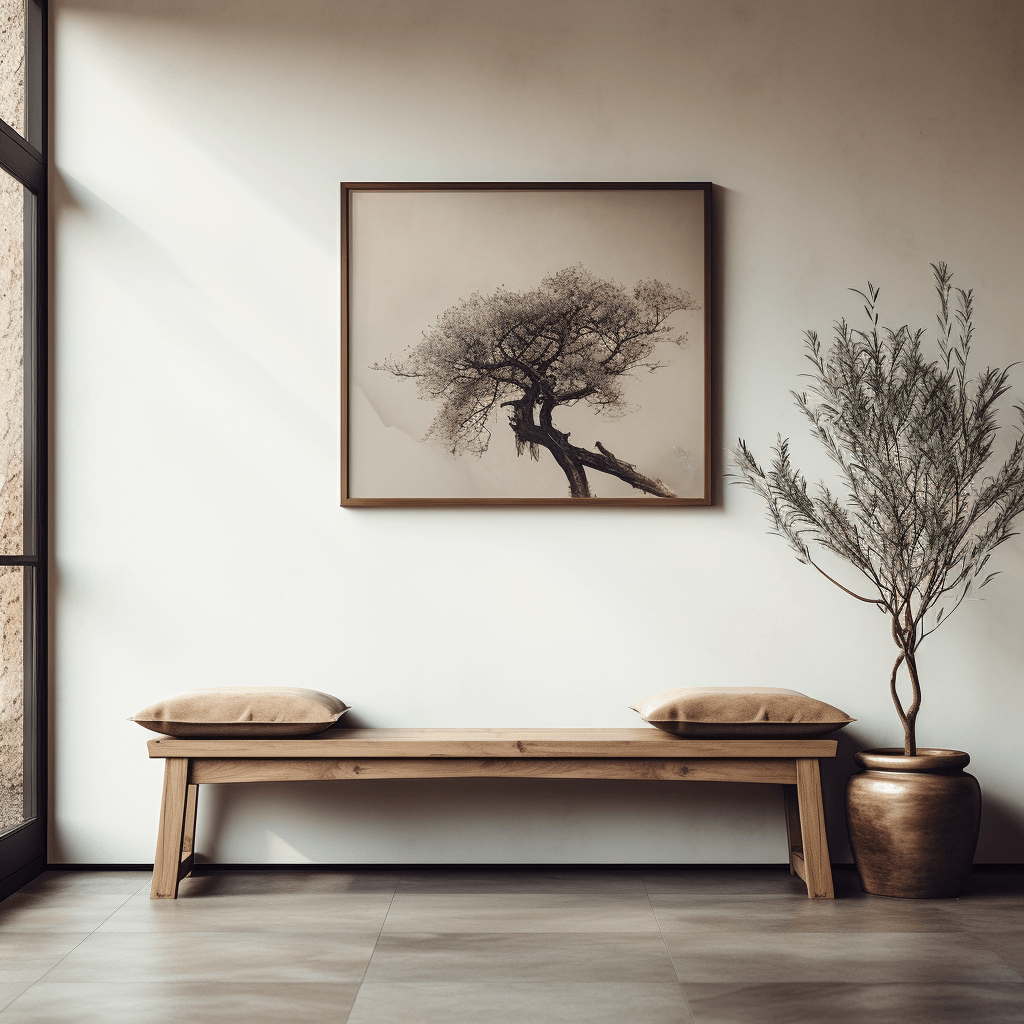
Japandi Bench: A Standalone Statement Piece
The Japandi bench is more than just a functional piece of furniture. With its minimalist design, clean lines, and use of natural materials, it can serve as a standalone statement piece in any room.
Whether you place it in your entryway, living room, or bedroom, this bench can create a focal point and add character to your space. Its versatility allows it to be paired with other pieces of furniture or simply stand alone.
The simple yet elegant design of the Japandi bench emphasizes the importance of functionality without compromising on style. Its clean lines and minimal ornamentation make it a perfect fit for a modern minimalist home.
Choose from different sizes and designs to suit your needs and aesthetic preferences. The use of wood in the construction of Japandi benches not only adds to their natural charm but also ensures durability and sustainability.
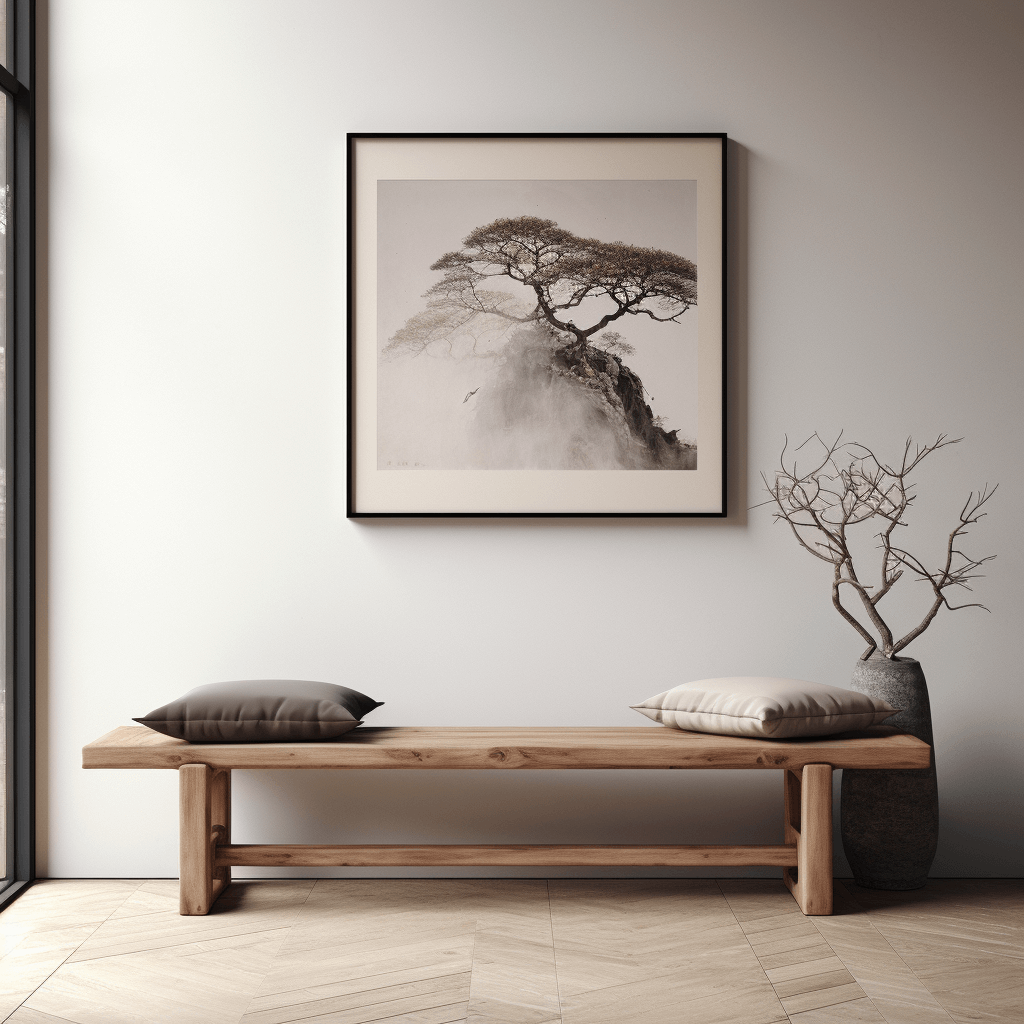
Conclusion: Embrace the Japandi Bench in Your Home
After exploring the beauty and functionality of the Japandi bench, I am convinced that it is a must-have in any modern minimalist home. This fusion of Japanese and Scandinavian design perfectly embodies the simplicity, functionality, and natural charm that are hallmarks of these two styles.
When it comes to Japandi decor, less is often more, and the clean lines and uncluttered design of the Japandi bench fit perfectly into this aesthetic. Whether you are looking for versatile seating options or a standalone statement piece, the Japandi bench is perfect for any space.
The influence of both Japanese and Scandinavian design is apparent in every aspect of the Japandi bench, from the emphasis on natural materials to the use of light colors to create a warm and inviting atmosphere. The beauty of wood is also evident in the construction of the benches, which not only add to their charm but also make them durable and sustainable furniture pieces.
Overall, incorporating a Japandi bench into your home is a surefire way to elevate its style and functionality. Whether you are looking for a contemporary seating option or a statement piece that adds character to a room, the Japandi bench delivers on all fronts.
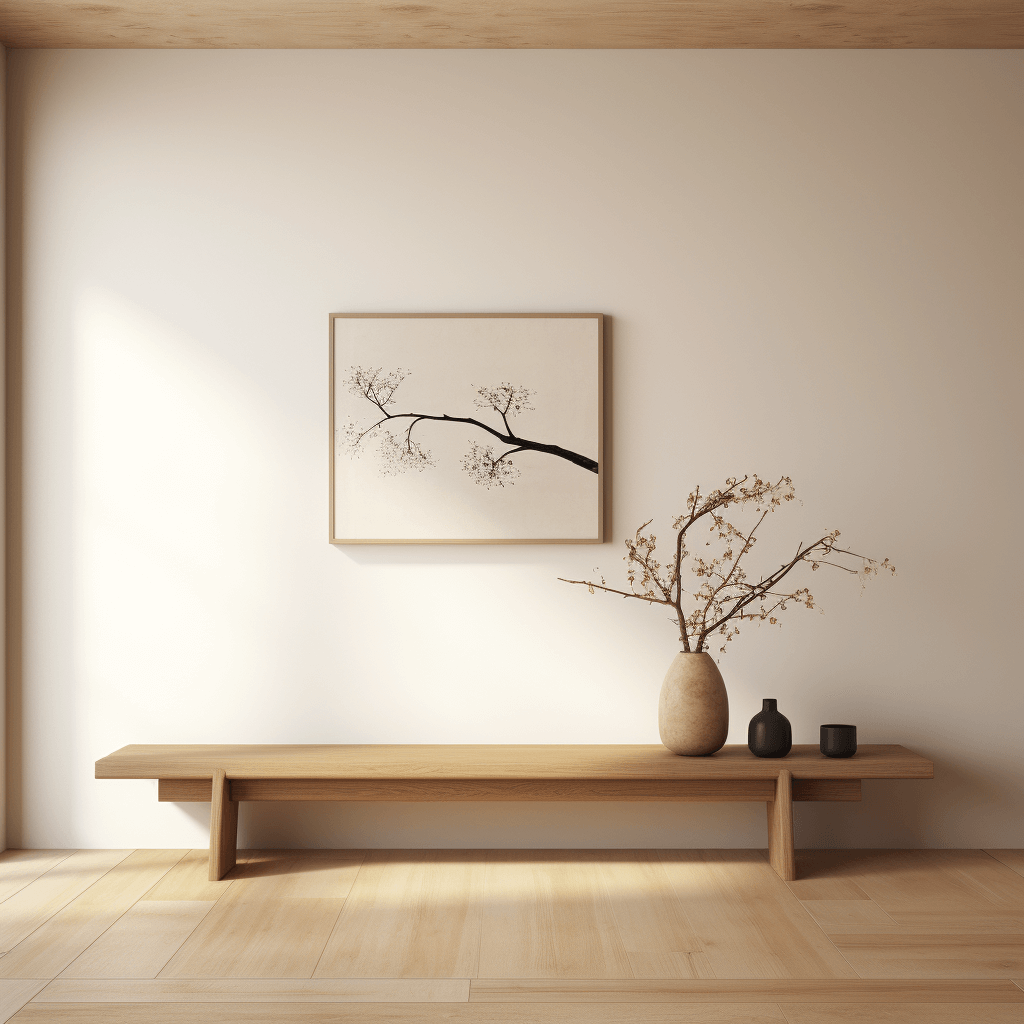
FAQ
Q: What is a Japandi bench?
A: A Japandi bench is a piece of furniture that combines the simplicity of Japanese design with the functionality of Scandinavian style. It is a perfect fusion of these two aesthetics, creating a minimalist and modern look.
Q: Why is a Japandi bench suitable for modern minimalist homes?
A: A Japandi bench’s clean lines and uncluttered design make it the perfect choice for modern minimalist homes. It adds a touch of simplicity and elegance to any space without overwhelming the overall aesthetic.
Q: How does Scandinavian design influence the Japandi bench?
A: The Japandi bench is heavily inspired by Scandinavian design, incorporating natural materials, neutral colors, and functional yet stylish furniture. These elements create a sense of warmth and coziness in any space.
Q: What are the key principles of Japanese design seen in the Japandi bench?
A: The Japandi bench embodies the principles of simplicity and tranquility seen in Japanese design. It features clean lines, minimal ornamentation, and an overall sense of calmness.
Q: How does the Nordic aesthetic impact the Japandi bench?
A: The Nordic aesthetic emphasizes natural materials, such as wood, and the use of light colors to create a warm and inviting atmosphere. These elements are incorporated into the design of the Japandi bench, enhancing its overall appeal.
Q: What materials are typically used in Japandi benches?
A: Japandi benches often feature wood as the primary material. This not only adds a natural charm to the bench but also contributes to its durability and sustainability.
Q: Where can I use a Japandi bench in my home?
A: A Japandi bench is a versatile piece of furniture that can be used in various spaces, such as entryways, living rooms, or bedrooms. It can serve as additional seating or as a standalone statement piece.
Q: Are Japandi benches comfortable?
A: Yes, Japandi benches are designed with comfort in mind. They provide a practical seating option while maintaining their visual appeal. Different sizes and designs are available to suit individual needs.
Q: Can a Japandi bench be used as a standalone statement piece?
A: Absolutely! A Japandi bench can serve as a standalone statement piece in any room. Its unique design and aesthetic make it a focal point that adds character and style to the space.
Q: Why should I consider adding a Japandi bench to my home?
A: A Japandi bench combines beauty and functionality, making it an excellent addition to any home. It elevates the overall style of a space while providing a practical seating option.







